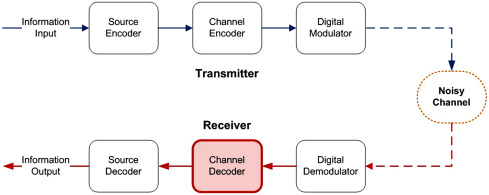Introduction to Digital Communication Systems Engineering

About Course
In today’s hyper-connected world, digital communication systems engineering forms the backbone of everything from your smartphone to the global internet. This course offers an exciting journey through the fundamental principles and advanced concepts behind how digital information is transmitted, processed, and received. Whether you’re curious about how Wi-Fi works or passionate about shaping the future of 5G and IoT, this course will empower you with the knowledge to understand and design modern communication systems.
Starting with the basics like signal theory and analog vs. digital communication, you’ll progress into cutting-edge areas such as error correction coding, digital modulation techniques, and system implementation strategies. Real-world applications and emerging technologies like cognitive radio and software-defined radio will inspire you to imagine your role in the next wave of innovation. This course isn’t just theoretical — it’s a practical foundation for careers in telecommunications, network engineering, electronics, and beyond!
Course Content
Introduction
Explanation of what digital communication systems engineering is
00:00Importance of digital communication systems engineering in modern society
00:00Overview of the topics covered in the ebook
00:00